Tokyo Day Trips: 12 Amazing Excursions You Can Reach by Train and Subway


Introduction
As one of the planet's most dynamic and exhilarating metropolises, Tokyo presents a vast array of attractions and experiences to its visitors. This city, being the heart of Japan, perfectly integrates the age-old customs with avant-garde, be it timeless temples and sanctuaries or progressive tech and forward-thinking high-rises. Home to more than 13 million people, Tokyothrives with constant vigor and busyness around the clock. It ranges from tranquil greenspaces to bustling streets aglow with vibrant neon signs, ensuring Tokyo caters to all preferences.
This guide will highlight ten of the top attractions and activities in Tokyo that can easily be reached using the city's excellent public transportation system. From historic sites and iconic landmarks to pop culture destinations, these are some of the best day trips for getting a taste of Tokyo's dynamic urban landscapes and fascinating cultural treasures. With so much to see and experience, Tokyo offers endless possibilities for adventure and discovery.
Tsukiji Fish Market
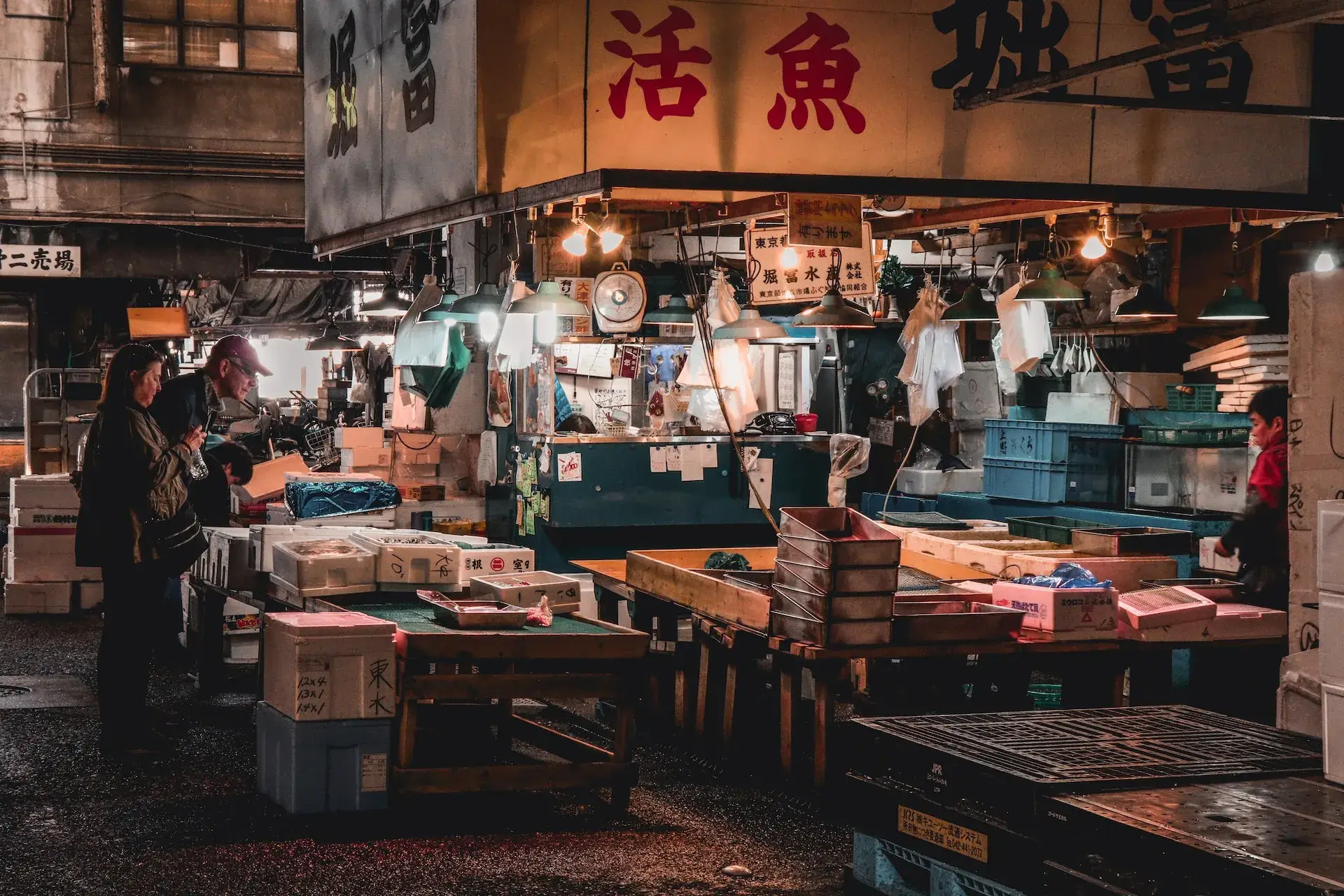
The renowned Tsukiji Fish Market, located on the east of the chic Ginza shopping area, is an unmissable sight to see in Tokyo. Established in 1935, this immense wholesale fish and seafood market has remained operational, dealing with over 400 distinct species of seafood daily. It is seen as one of the broadest wholesale markets worldwide for fish and seafood.
Tourists can witness the captivating tuna auctions held during the wee hours of the morning here. Observing large frozen tuna being sold to the top bidder offers quite the spectacle. The market also features stalls providing remarkably fresh sashimi and a range of ready-to-eat dishes - make sure to sample some during your tour.
Tsukiji is set to change its location to a new site in Toyosu in 2018, making it your final opportunity to visit the market in its iconic spot. We recommend an early visit to immerse yourself in the lively ambiance and marvel at the impressive array of seafood on show. This is a rare, inimitable Tokyo outing you wouldn't want to miss.
Meiji Shrine
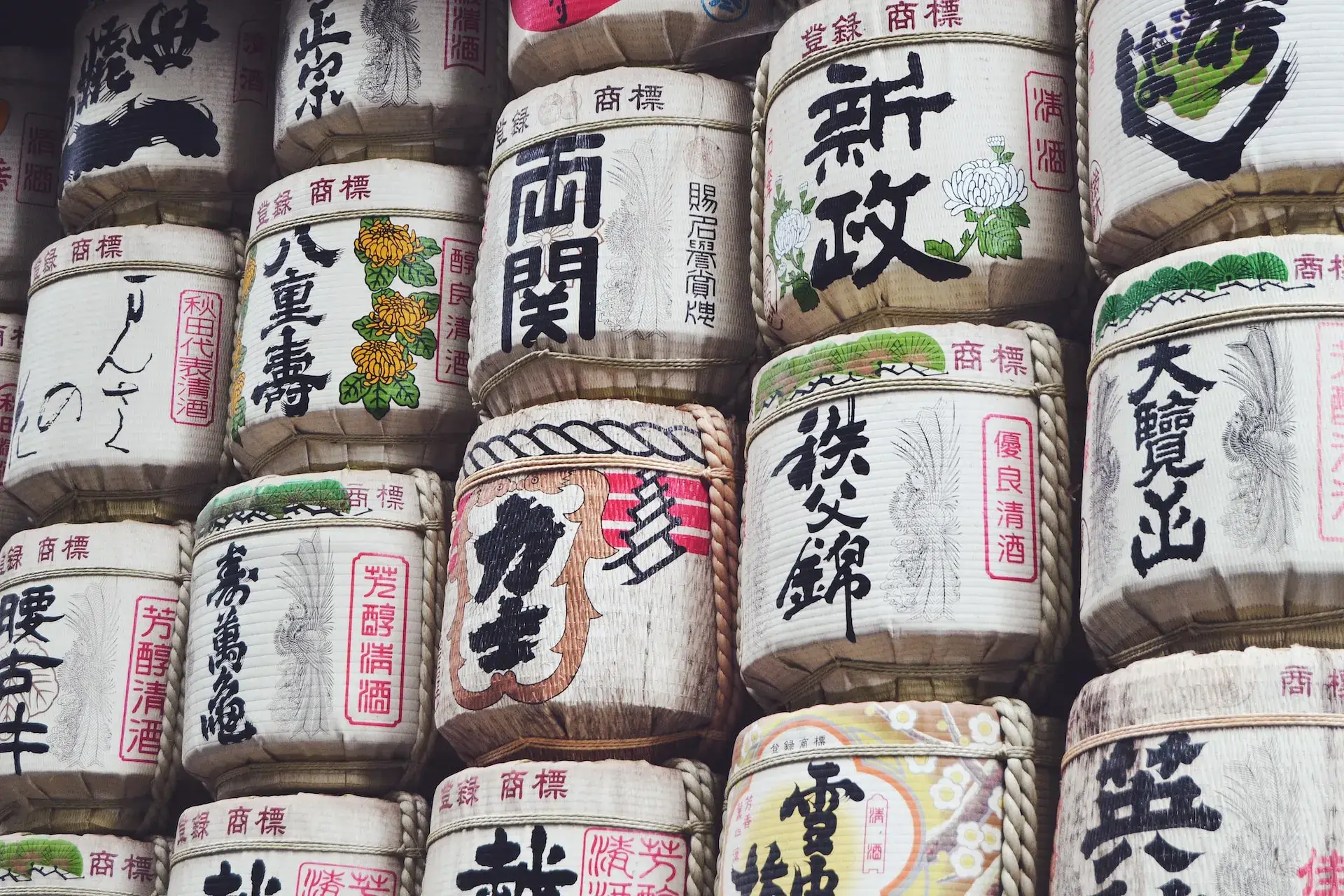
The Meiji Shrine, a remarkable point of interest situated in the core of Tokyo's Shibuya area, provides an unforgettable experience. Nestled amidst an evergreen woodland, this magnificent Shinto shrine offers a peaceful retreat from the busy Tokyo thoroughfares. Constructed in 1920, the shrine was dedicated to Emperor Meiji and his consort, Empress Shōken. Although the shrine was demolished during World War II, it was re-established soon afterward. Currently, the shrine witnesses an annual footfall of over 3 million visitors who come to pray and immerse themselves in a tranquil segment of conventional Japan.
A visit to Meiji Shrine is easy to access using public transportation. Take the JR Yamanote Lineto Harajuku Station or the Chiyoda and Fukutoshin subway lines to Meiji-Jingumae Station. From there, simply follow the wide forest paths as they unwind through the lush inner-city forest. You'll soon arrive at the main shrine buildings and inner courtyard.
A walk along the shrine's pathways takes you past acres of gorgeous forested landscapes. The trees and foliage provide a perfect backdrop for photos. You'll also find plenty of engaging sights within the shrine walls. Purification troughs, towering torii gates, and ornate buildings teeming with history all add to the beauty. Small shrines and monuments honoring Japan's WW2 war dead also lie tucked within the grounds.
Don't miss out on sampling some amazake, a sweet traditional drink, from vendors near the main shrine area. Also, watch the devoted pilgrims as they follow Shinto rituals and customs. Observing their traditions is an insightful part of any visit. With its beauty, tranquility, and spiritual importance, Meiji Shrine is undoubtedly one of Tokyo's top attractions.
Sensoji Temple
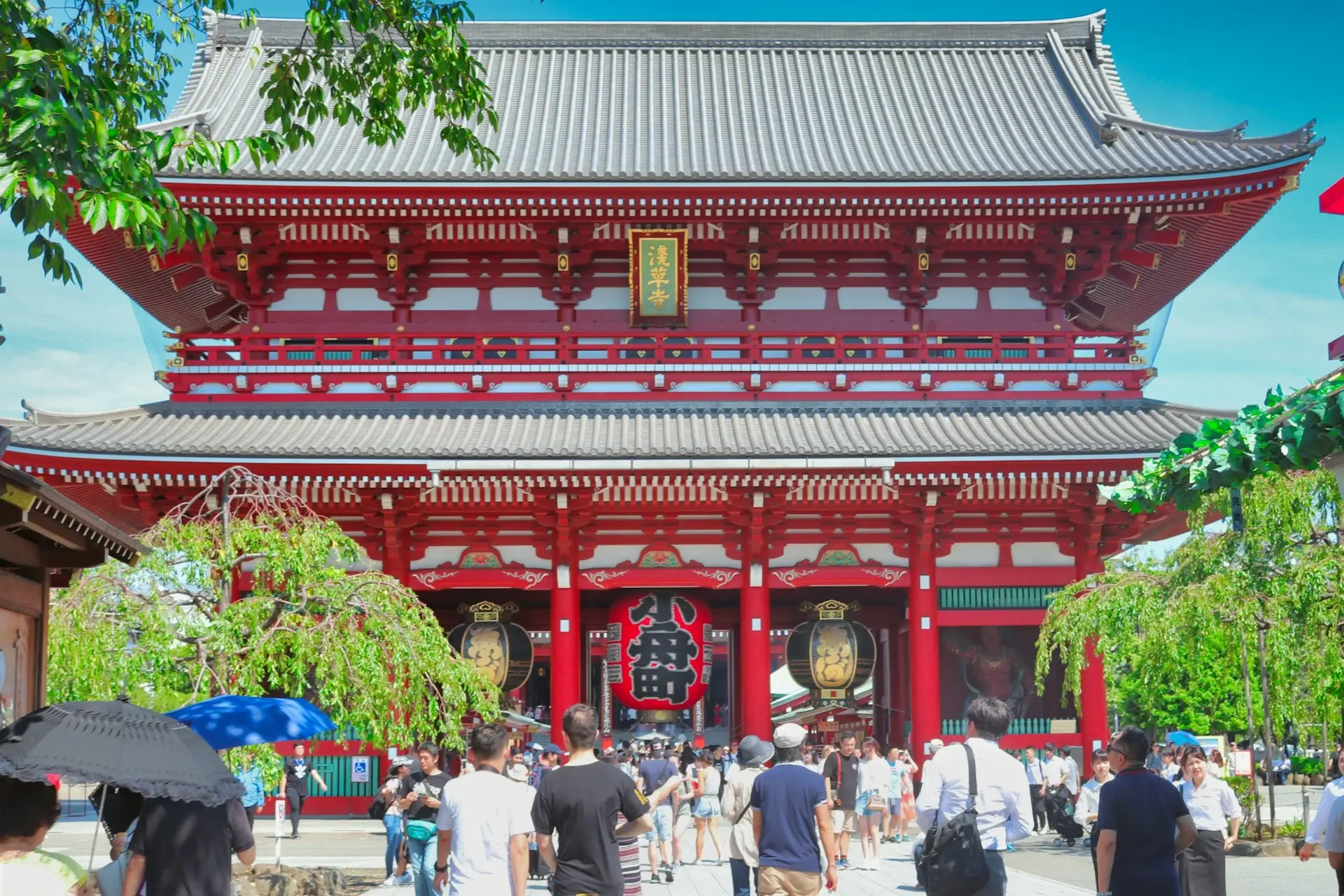
Sensoji Temple is Tokyo's oldest and most significant temple. Located in Asakusa, it dates back to 645 AD when two brothers fished a statue of the goddess Kannon out of the Sumida River. Sensoji was built nearby for the goddess of mercy, Kannon. The temple is the focus of the vibrant Nakamiseshopping street lined with small shops selling traditional snacks and souvenirs.
When approaching Sensoji Temple, you first pass through the iconic Kaminarimon (Thunder Gate) with its massive red lantern. Beyond is the bustling Nakamise shopping street spanning 250 meters leading to the temple's second gate, the Hozomon. Within the temple precincts are several buildings, shrines, and pagodas to admire. Don't miss the five-tiered pagoda, red-painted AsakusaShrine, and main temple hall.
Visiting Sensoji allows you to experience old Tokyo and Japanese culture. Join the crowds and try traditional street snacks like ningyo-yaki filled cakes and kaminari-okoshi "thunder rice crackers." Or stop for green tea at one of the local teahouses. The temple precinct feels worlds away from Tokyo's neon cityscapes.
Sensoji Temple is open 24 hours a day, making it easy to incorporate into your Tokyo itinerary. The shops and restaurants of Nakamise are typically open from 10 AM to 6 PM. It's just a short train ride from central Tokyo on the Ginza subway line to Asakusa Station.
Sensoji Temple has survived World War 2 bombings, fires, and earthquakes over its 1300+ year history. This beloved Tokyo landmark continues to draw locals and tourists alike.
Tokyo Tower
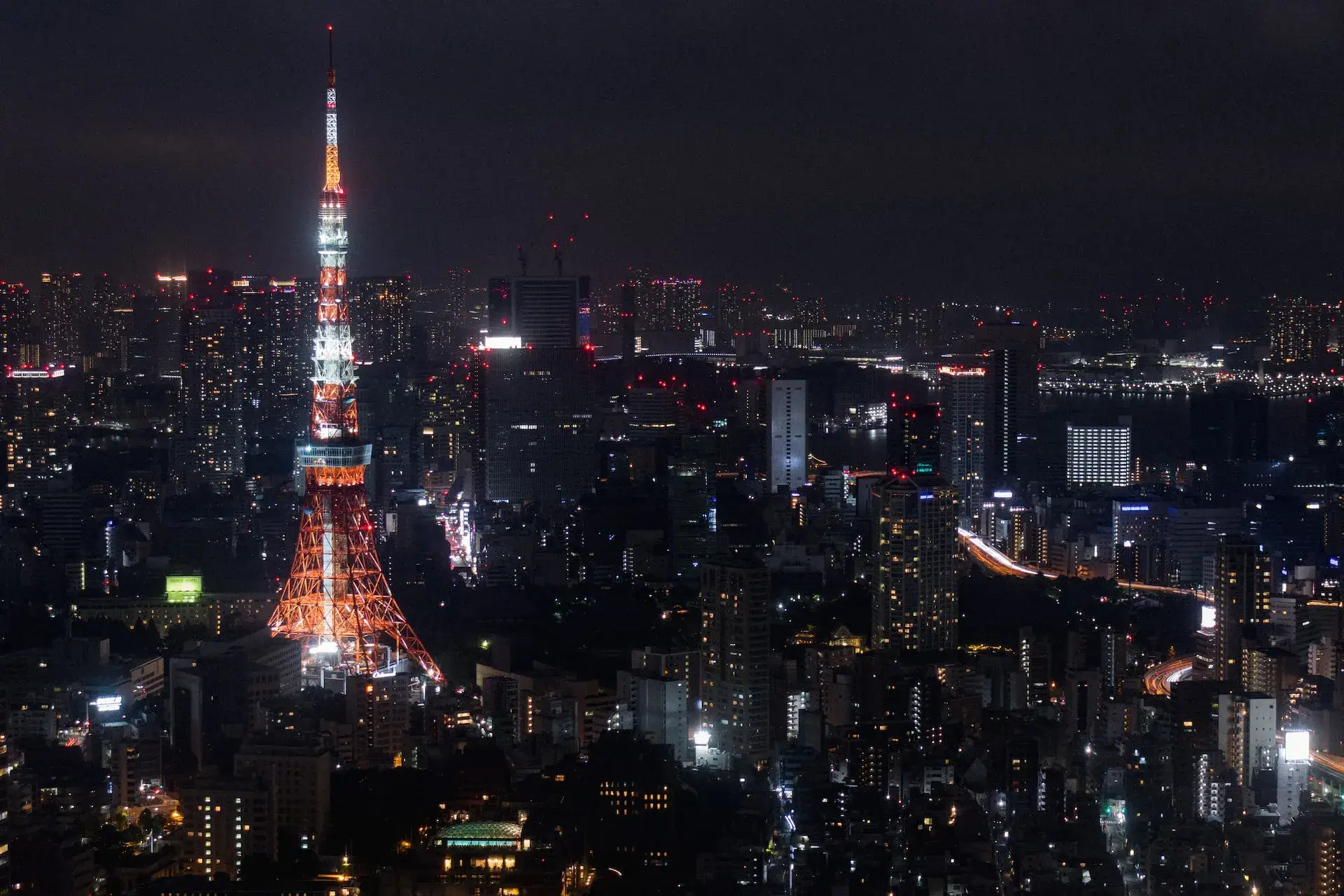
The striking red and white Tokyo Tower stands as a prominent symbol, boasting incredible 360-degree panoramas of the city from its dual observation decks. Measuring 332.9 meters (1,092ft), it ranks as Japan's second-tallest structure, surpassed only by the Tokyo Skytree. Inspired by Paris' Eiffel Tower, it serves as both a telecommunication and observation tower.
Inaugurated in 1958, Tokyo Tower held the record for the world's tallest self-supporting steel tower until 1976 when Toronto's CN Tower was completed. The primary observation deck, at an elevation of 150 meters, provides vistas encompassing the Imperial Palace, Tokyo Skytree, TokyoDome, Roppongi Hills, and Tokyo Tower itself. On clear days, even Mount Fuji can be seen. The special observatory, situated 250 meters above ground, features a spiral staircase leading to an open-air platform, with the nighttime cityscapes particularly stunning as Tokyo Tower illuminates.
Besides the observation decks, the base of the tower houses shops, eateries, and an aquarium. Visiting Tokyo Tower offers a quintessential experience and serves as an ideal vantage point to acquaint oneself with the immense cityscape of Tokyo. Furthermore, it regularly appears in various Japanese television programs, movies, and anime.
Shibuya Crossing

Shibuya Crossing is one of Tokyo's most iconic sites. Located in front of the Shibuya StationHachiko Exit, it's considered the busiest intersection in the world. On average, over 2 million people cross every day, with peak times seeing up to 2,500 people crossing every light change.
Nicknamed "The Scramble", Shibuya Crossing features up to 5 diagonal crosswalks spanning a large intersection. When the lights turn red, crowds of pedestrians surge into the intersection from all angles, weaving seamlessly around each other in an awe-inspiring display of coordination.
The famous crossing has appeared in numerous movies and shows, including Lost in Translation and Fast and Furious: Tokyo Drift. It offers one of the best free sights in Tokyo. Visitors can overlook the intersection from cafés and restaurants in the surrounding buildings or directly experience the controlled chaos by joining the masses on the crosswalk.
Ghibli Museum
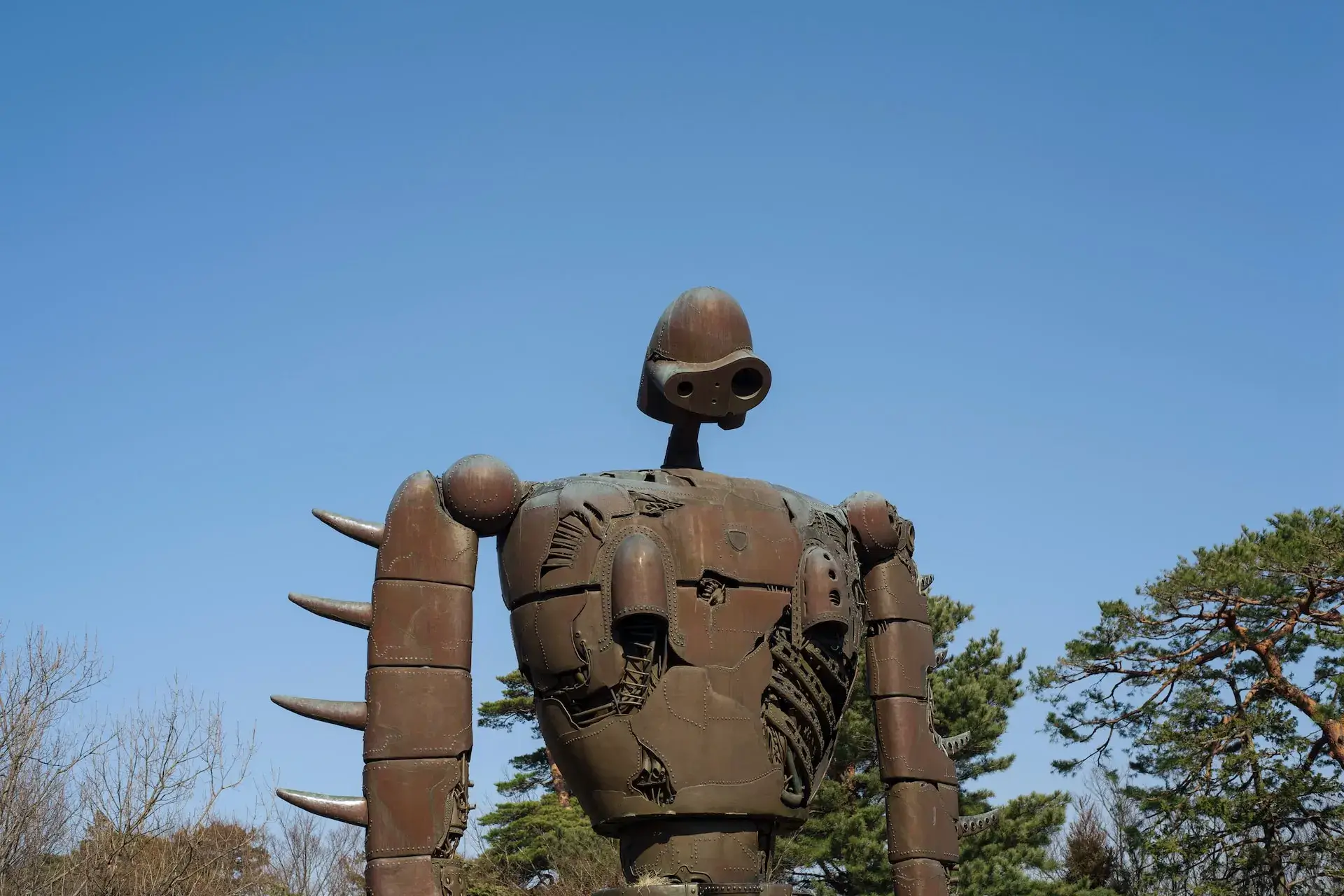
Cradled in the dynamic thrum of Mitaka, Tokyo, the equally charming and eccentric Ghibli Museum manifests as a captivating haven. This distinctive retreat transforms the imaginations of its visitors, serving as a vibrant portal into the spellbinding universe of animation birthed by Studio Ghibli. Acting as the sacred cradle from where the creative virtuosity of cinematic maestro Hayao Miyazaki, Studio Ghibli casts its luminary to glow across the wide and intricate tapestry of anime. It generously gifts humankind with time-honored masterpieces such as 'SpiritedAway', 'My Neighbor Totoro', and 'Princess Mononoke'.
Within the museum's alluring cloister, visitors are invited to embark on a captivating odyssey into the entrancing craftsmanship of animation. From visceral sketches illuminating the raw infancy of creativity to the resplendent recreations of cherished scenes and bewitching characters, each feature promises a sensory feast. Avid devotees of Studio Ghibli find themselves in the intimate company of their beloved films' genesis, drifting into a resonant exploration of the creative rivers that birthed their epitomic characters, a truly intoxicating immersion in cinematic magic.
Be ready to be amazed by the unique attractions of the museum. You will see a miniature reproduction of Miyazaki's own creative space, a scaled-down Catbus from My Neighbor Totoro, and a towering five-story spiral staircase that'll take you back to a dramatic scene from Castle in the Sky. As an added treat, museum-goers have the privilege to view short films produced exclusively by Studio Ghibli.
With its whimsical building designed by Miyazaki himself, along with interactive exhibits and immersive spaces, the Ghibli Museum offers an imaginative and inspiring experience for both kids and adults.
Yoyogi Park
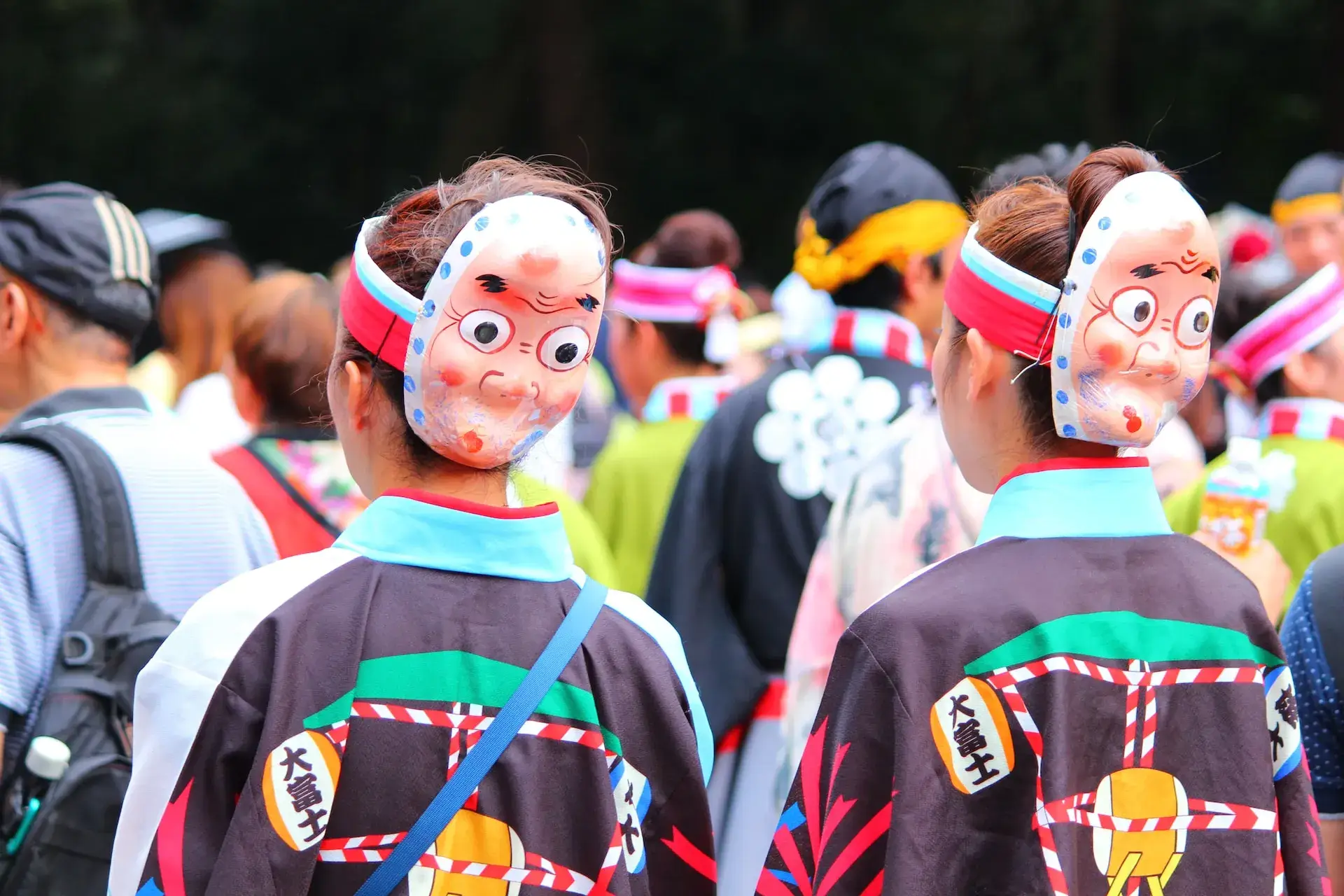
The sprawling Yoyogi Park, with its 58.3 hectares, sets a remarkable presence in Tokyo, situated just next to the vibrant Harajuku Station. A variety of landscapes adorn this park, from vast expanses of grassy lawns, and wooded sections, to snaking trails that are ideal for peaceful wanderings. Although settled in the heart of the city, the serene ambiance of Yoyogi Park makes it a favorite destination for picnics, people-watching, and weekend relaxation.
When the cherry blossoms herald the arrival of early April, Yoyogi Park witnesses a surge of visitors, who come to partake in the traditional 'hanami' or cherry blossom viewing. The park is also a common venue for prominent Tokyo events including outdoor concerts at Yoyogi Park and the Earth Day Festival. The various open spaces dotted around the park frequently play host to young people engaged in practicing dance routines or musical performances, irrespective of the season.
An exquisite sight at Yoyogi Park's northeast corner is the renowned Meiji Shrine, topping the list of Tokyo's well-known Shinto shrines. A massive torii entrance gate and the encompassing forest seamlessly connect the shrine to the park, rendering a calming contrast to the park's vigor.
Combining the aspects of its convenience of location, free entry, and a broad range of activities, Yoyogi Park takes its deserving place as an essential green refuge nestled within Tokyo's urban sprawl.
Tokyo National Museum

Japan boasts one of its oldest and most sizable museums, the Tokyo National Museum. It is home to a discerningly curated collection that exceeds 110,000 items, featuring critical pieces of Japanese artwork, historical sculptures, and archaeological discoveries.
This museum comprises various galleries, each showcasing a diverse range of works from different eras and categories. Noteworthy exhibits include age-old swords, exquisite ceramics, Buddhist representations, and invigorating paintings. A 12th-century Buddhist rendering of Amida Nyoraistands out as one of the acclaimed pieces.
Those with a proclivity for Japanese archaeology will be intrigued by the Japanese Archaeology Gallery. This section houses relics from Japan's Paleolithic period through to the 12th century. The museum keeps rendering fresh perspectives to its visitors through special exhibits that rotate intermittently.
The Tokyo National Museum, with its extensive assortment of items, serves as a testament to Japan's remarkable artistic history and proves an essential visit for those seeking to appreciate these milestones. A tour around the museum provides an immersive glance into Japanese culture as you engage with its cherished artifacts and beautiful artworks.
Odaiba
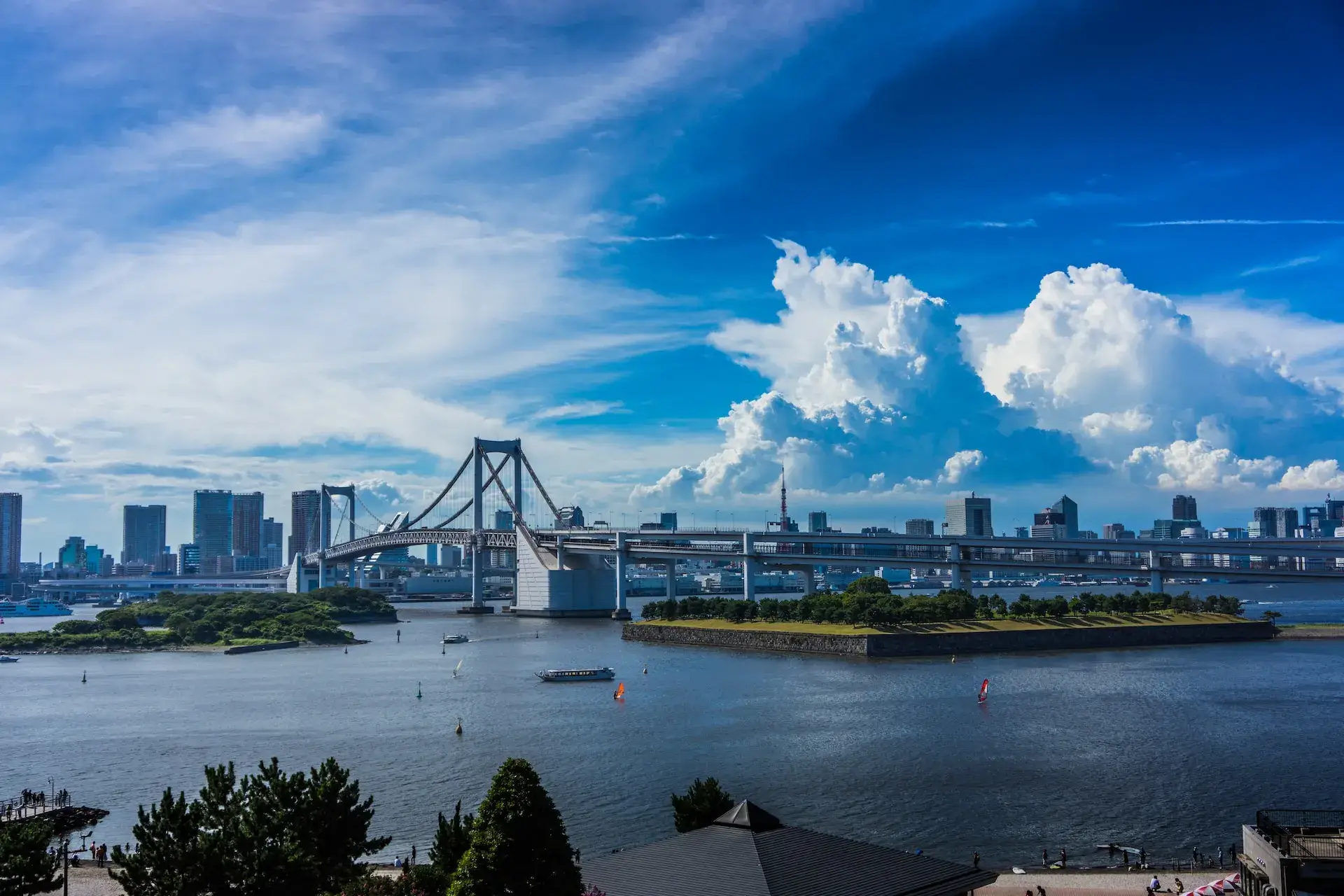
Odaiba is a popular man-made island in Tokyo Bay that offers shopping, dining, museums, and entertainment. Connected to central Tokyo by the beautiful Rainbow Bridge, Odaiba is a top spot for visitors looking for stunning nighttime views of the Tokyo skyline.
Originally constructed in the 1850s for defensive purposes, Odaiba later became a shipping port before being redeveloped in the 1990s into a major commercial and entertainment district. Today, some of Odaiba's top attractions include the futuristic museums of Miraikan and VenusFort, large shopping malls like DiverCity Tokyo Plaza, joyful amusement parks like Tokyo Joypolis, and the iconic landmark of the Statue of Liberty replica overlooking Tokyo Bay.
In the evenings, Odaiba offers picture-perfect views of illuminated attractions like the Rainbow Bridge and Tokyo Tower across the water. It's an ideal place for a romantic sunset walk along the beachfront promenade or to photograph the dazzling cityscape. With so much to see and do, Odaibam makes for an unforgettable day trip while visiting Tokyo.
Harajuku
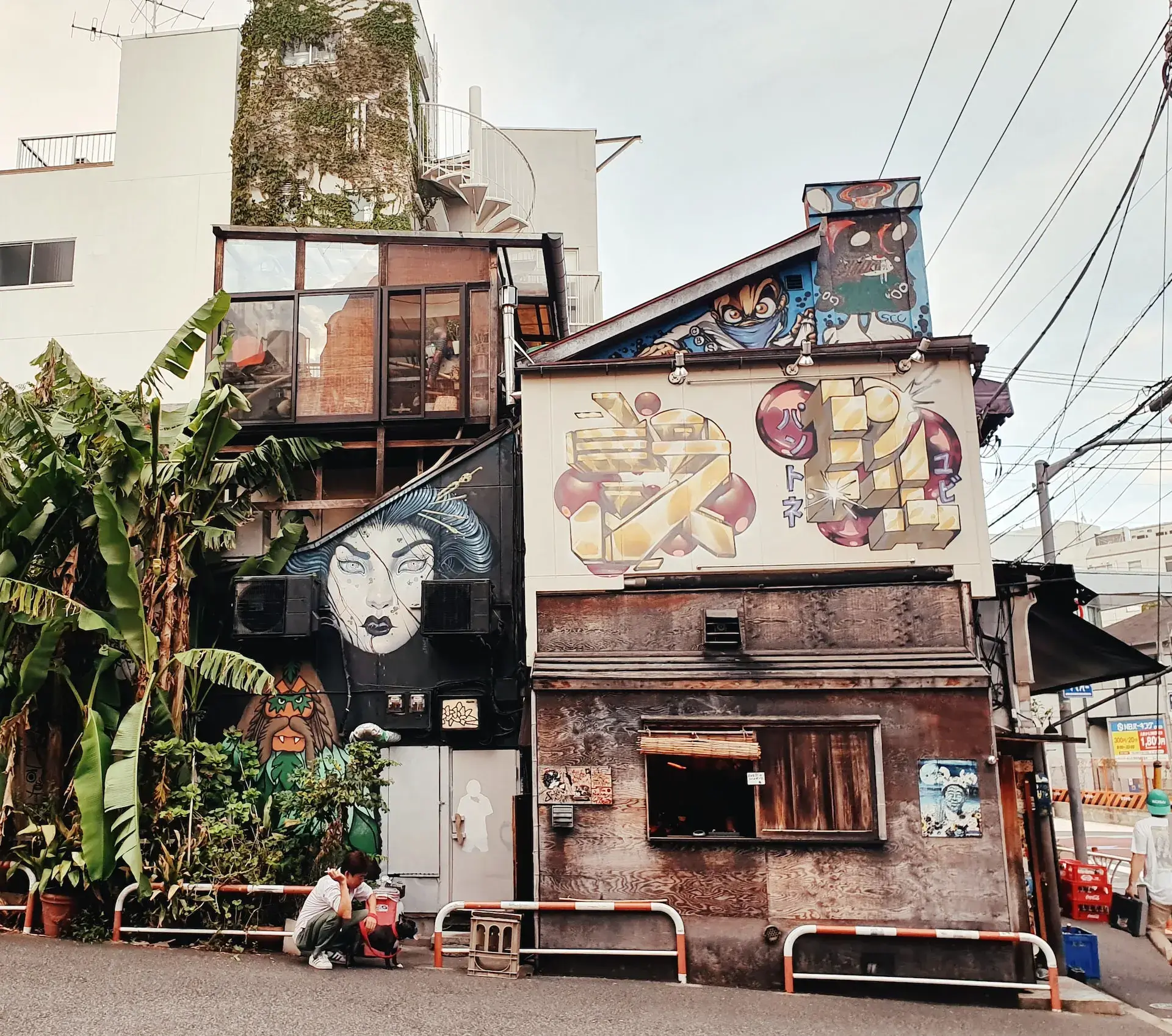
Harajuku is a lively neighborhood known as Tokyo's center of youth culture and street fashion. Many young people gather in Harajuku to shop and people-watch, especially on weekends. Takeshita Street is at the heart of Harajuku's shopping district, lined with fashion boutiques, crepe stands, and cafes. Nearby Omotesando is a tree-lined avenue with high-end designer shops. If you want to experience some of Tokyo's most creative youth fashion subcultures like Lolita, decora, and visual kei, head to Harajuku. It's fascinating just to walk around and observe the diverse fashion styles. Some of the best people-watching in Tokyo can be found on a Sunday when many young musicians and dancers perform.
In accordance with the statistics provided by the Japanese Tourism Board, the lively and culturally abundant district of Harajuku enthuses more than 10 million global voyagers annually. Undoubtedly, its unabashedly vivid street fashion and dynamic ethos play a significant role in casting this Tokyo district as a treasured destination among worldly explorers.
Tokyo Skytree
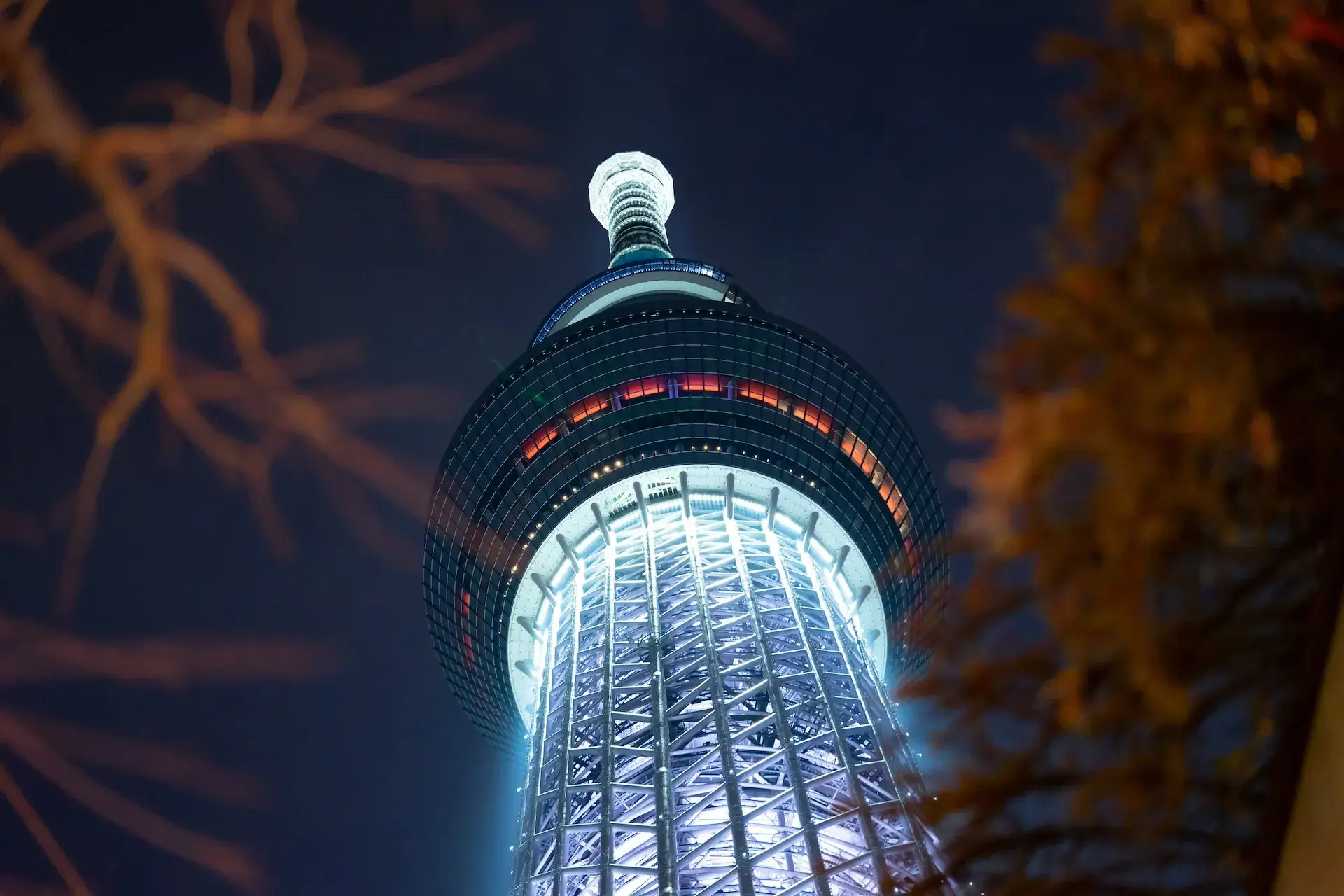
Tokyo Skytree stands as a remarkable symbol of the city and is definitely worth a visit. This towering structure stands at a staggering height of 634 meters, making it the world's tallest tower. It features two observation decks - the Tembo Deck, located at 350m, and the Tembo Galleria which is found at 450m. Each deck commands breathtaking 360-degree views of Tokyo. This futuristic structure with its unique triangular frame sets a unique mark on the city's skyline.
In May 2012, Tokyo Skytree made its debut, becoming not just Japan's tallest structure but the world's highest tower at the time, overtaking the Canton Tower in China. This record was in place until the unveiling of the Burj Khalifa in Dubai in 2010. The staggering height of 634m isn't a random choice - it draws inspiration from Tokyo's former name in the Edo era, "Musashi". The Japanese Kanji for this name visually simulates the number "634".
A trip to the observation decks presents visitors with unobstructed views of the city in all directions. It offers the opportunity to identify renowned structures such as Tokyo Tower, TokyoDome, Roppongi Hills, and of course, Tokyo Skytree. Hence, this landmark shouldn't be missed on any Tokyo visit.
Imperial Palace

Nestled within the pulsating heart of Tokyo lies the principal abode of the Imperial Family of Japan, the resplendent Imperial Palace. It stands as a verdant sanctuary amidst the urban sprawl, its grounds woven with meticulously manicured gardens that unfurl across more than a square kilometer of land.
Standing sentinel on the site of what was once the majestic Edo Castle, the Imperial Palace we see today first sprung from its ancient roots in the 15th century. Since 1869, with the shift of the capital from the cultural hub of Kyoto to the vibrant city of Tokyo, it has served as the enduring domicile of Japan's emperors and their families.
Whilst the majority of the palace grounds remain exclusive to the Imperial family, glimpses of its architectural grandeur can still be marveled at from the surrounding public avenues. The EastGardens of the Imperial Palace, however, extend a welcoming hand to visitors. These bewitching green spaces stand as serene oases amidst the buzzing metropolis of Tokyo.
Don't forsake the opportunity to meander through these rare green locales at the very heart of Tokyo, whilst witnessing the historical dwelling of Japan's Imperial Family. Be sure to arrive at the crack of dawn if you wish to partake in a complimentary tour of the East Gardens, a journey through verdant tranquility amidst the whirlwind of Tokyo life.
Conclusion
Tokyo offers an amazing array of places to visit for day trips using public transportation. From bustling markets like Tsukiji Fish Market to serene gardens like Yoyogi Park, there is something for everyone. The convenient metro system makes getting around easy. The top picks showcase Tokyo's unique blend of rich cultural heritage, stunning architecture, cutting-edge innovation, and sensational modern city experiences. Whether you're looking to sample delicious street food, explore historic sites, admire skyscrapers, or enter the world of anime and robots, Tokyo has it all. The diverse neighborhoods each have their flair. The city continues to rapidly evolve while also preserving traditions. From peaceful shrines and temples to the exhilarating Shibuya Crossing, Tokyo is truly a one-of-a-kind destination that should be on everyone's bucket list.